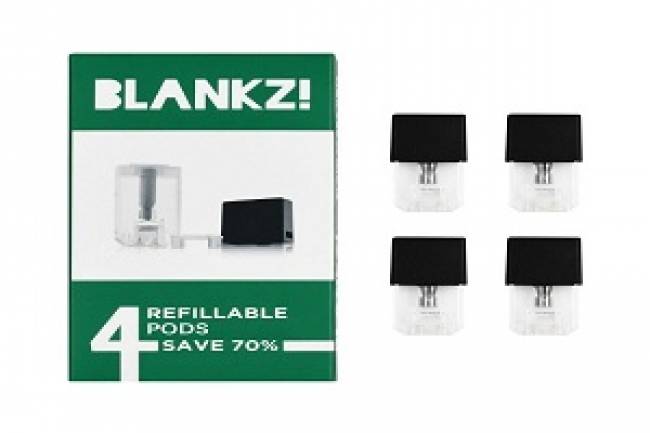How Does A Humidity Chamber Work?
A humidity chamber, also known as a climate chamber or environmental chamber, is a piece of equipment designed to simulate specific temperature and humidity levels within a sealed environment for testing purposes.
Here's how it generally works:
Temperature Control: The chamber uses heating and cooling systems to reach and maintain a set temperature. Temperature sensors and a control system work together to monitor and adjust the temperature.
Humidity Generation and Control: Humidity is increased by adding water vapor through methods like steam generation, water spray, or ultrasonic humidifiers. To decrease humidity, systems like cooling coils or desiccants are used. Humidity sensors and the control system regulate these processes to maintain the desired level.
Air Circulation: Fans ensure even distribution of temperature and humidity throughout the chamber, preventing inconsistent conditions for test samples.
Control System and Programming: A digital controller allows users to set temperature and humidity. The control system constantly monitors conditions and makes real-time adjustments. Some chambers can be programmed for specific environmental cycles.
Read more: ENVIRONMENTAL TEST CHAMBER - FEATURES And SPECIFICATIONS And WHERE TO BUY!
In essence, a humidity chamber functions by creating a precisely controlled environment to accurately test items under various temperature and humidity conditions.
Read more about Horizontal autoclave and Environmental Chamber by Yatherm Scientific manufacturer of scientific equipment.














